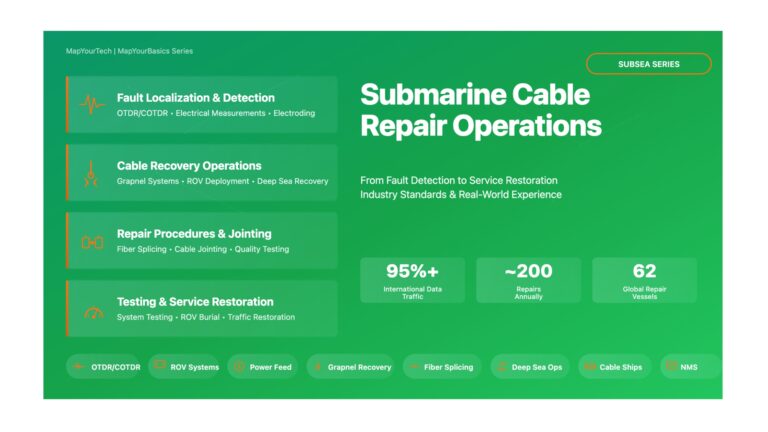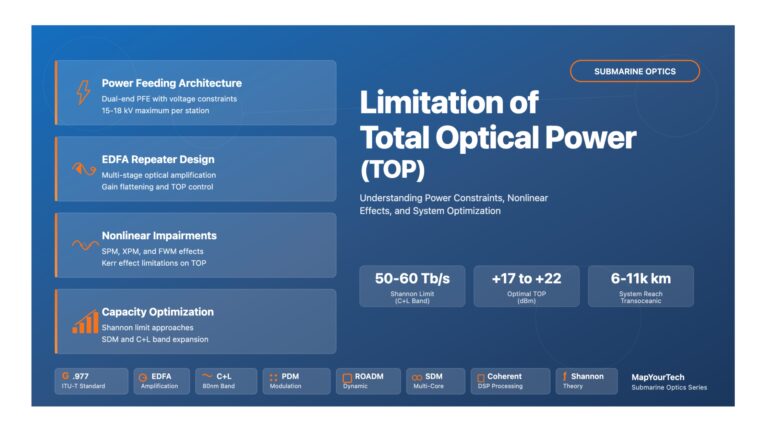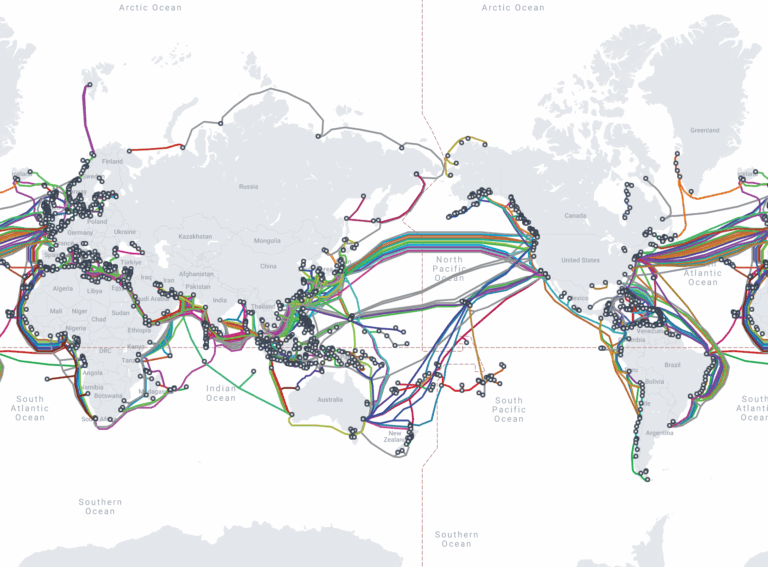HomePosts tagged “submarine”
submarine
Showing 1 - 7 of 7 results
Gain Equalizing Filters (GEF) – Comprehensive Visual Guide | MapYourTech Overview of Gain Equalizing Filters (GEF) Comprehensive Technical Guide for...
-
Free
-
November 30, 2025
Submarine Cable Repair Operations – Comprehensive Visual Guide Overview of Submarine Cable Repair Operations Technical Guide Based on Industry Standards...
-
Free
-
November 30, 2025
Limitation of Total Optical Power (TOP) in Submarine Optical Networks – Comprehensive Visual Guide Limitation of Total Optical Power (TOP)...
-
Free
-
November 29, 2025
Advanced Deep Dive: Undersea Repeater Engineering Advanced Deep Dive: Undersea Repeater Engineering Comprehensive Technical Analysis of Submarine Optical Amplification Systems...
-
Free
-
November 29, 2025
In the world of global communication, Submarine Optical Fiber Networks cable play a pivotal role in facilitating the exchange of...
-
Free
-
March 26, 2025
Map of transmission impairments in long-haul submarine systems and some techniques/technologies for their mitigation or compensation.
-
Free
-
March 26, 2025
Explore Articles
Filter Articles
ResetExplore Courses
Tags
automation
ber
Chromatic Dispersion
coherent optical transmission
Data transmission
DWDM
edfa
EDFAs
Erbium-Doped Fiber Amplifiers
fec
Fiber optics
Fiber optic technology
Forward Error Correction
Latency
modulation
network automation
network management
Network performance
noise figure
optical
optical amplifiers
optical automation
Optical communication
Optical fiber
Optical network
optical networking
Optical networks
Optical performance
Optical signal-to-noise ratio
Optical transmission
Optical transport network
OSNR
OTN
Q-factor
Raman Amplifier
SDH
Signal amplification
Signal integrity
Signal quality
Slider
submarine
submarine communication
submarine optical networking
Telecommunications
Ticker







